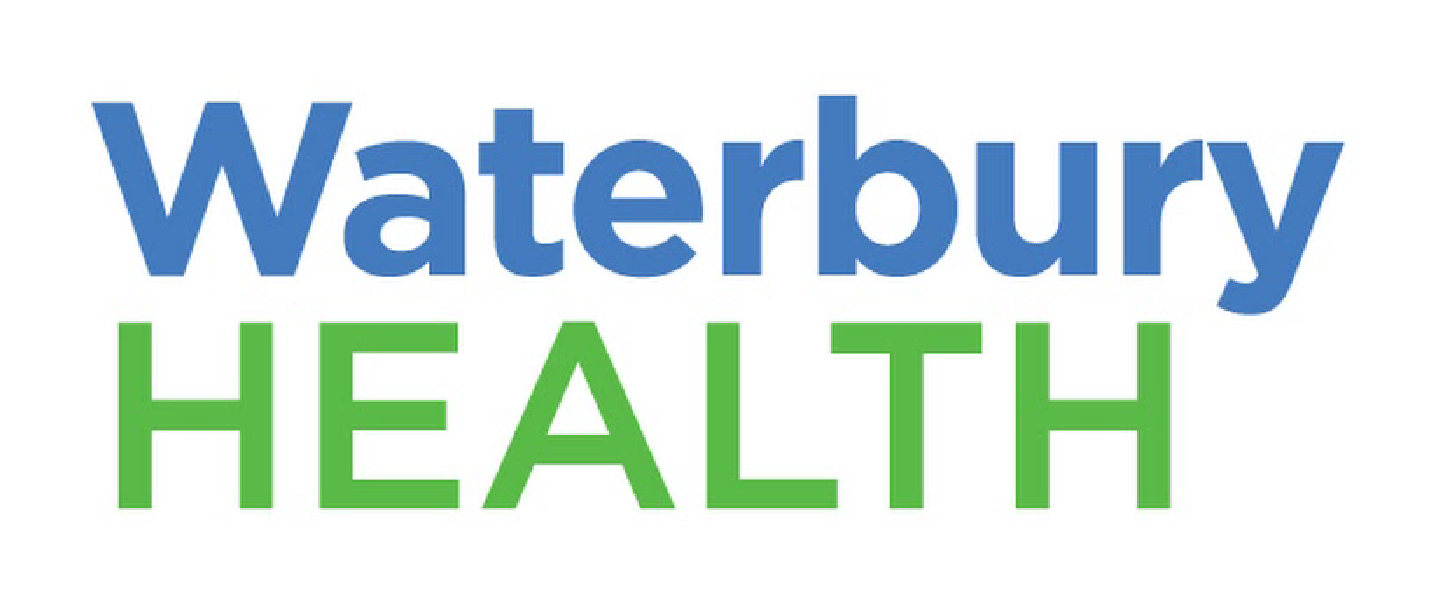Don’t Forget Your Shots … Not Just for COVID-19!
There has been so much focus on the COVID-19 vaccine that we sometimes forget all the other important shots people need to get.
August is National Immunization Awareness Month, an annual observance held to remind everyone of the critical role vaccines play in keeping us – and our communities – safe and healthy.
According to the CDC, thousands of American adults get sick every year from diseases that vaccines can prevent. Immunization is one of the most successful public health interventions in human history, helping eliminate or drastically reduce the incidence of such feared diseases as smallpox and polio.
Vaccines are available to help prevent many other serious diseases – everything from chicken pox and whooping cough immunizations for children, HPV vaccines for preteens and teenagers, to shingles, hepatitis B and pneumonia vaccines for adults. Vaccines – including the COVID-19 vaccine – are both safe and effective.
Here are just a few of the important vaccinations you need to ensure you and your family are protected:
Influenza
Flu is a potentially serious disease that affects millions of people around the world every year. In the US alone, the CDC estimates that flu has resulted in 9 million to 41 million illnesses, 140,000 to 710,000 hospitalizations, and 12,000 to 52,000 deaths annually between 2010 and 2020.
According to the CDC, everyone 6 months and older should get a flu vaccine every season, with rare exceptions. Vaccination is particularly important for people who are at higher risk of serious complications from influenza. This includes children under 5 years of age, women who are pregnant, people with certain chronic health conditions, and adults 65 and older.
Pneumococcal disease
Bacterial pneumococcal infections can range from ear and sinus infections to pneumonia and bloodstream infections. Pneumococcal disease is common in young children, but older adults and people with underlying medical conditions are at greatest risk of serious illness and death. Pneumococcal pneumonia hospitalizes about 150,000 people in the US each year, killing about 5-7%, or between 7,500 and 10,500 of them. Invasive pneumococcal disease is a life-threatening condition that is fatal in 10 percent of cases.
Two kinds of vaccines are available to help prevent pneumococcal disease. Prevnar 13 is prescribed for children aged 6 weeks and older. Pneumovax 23, is available for people aged 2 years and older.
Shingles
Shingles is a viral infection that causes a rash, which most often appears as a strip of blisters on one side of your torso. While not life-threatening, it can be very painful. Shingles is caused by the same virus that causes chickenpox. If you have had chickenpox, the virus lies inactive in nerve tissue near your spinal cord and brain and may reappear years later as shingles. The most common complication associated with shingles is postherpetic neuralgia (PHN), which causes shingles pain for a long time after the blisters have cleared.
The CDC recommends that adults 50 years and older get two doses of the shingles vaccine Shingrix to prevent shingles and the complications from the disease. Adults 19 years and older who have weakened immune systems should also get two doses of Shingrix, as they have a higher risk of getting shingles and related complications. For adults 50 years and older with healthy immune systems, Shingrix is more than 90% effective at preventing both shingles and PHN. Immunity stays strong for at least the first seven years after vaccination.
Tdap (Tetanus, Diphtheria, Pertussis)
Tetanus, which causes painful stiffening of the muscles, can lead to serious health problems, including being unable to open the mouth, having trouble swallowing and breathing, or death. Diphtheria can lead to difficulty breathing, heart failure, paralysis, or death. Pertussis, or whooping cough, is a highly contagious respiratory disease known for uncontrollable, violent coughing which often makes it hard to breathe.
Thanks to high vaccination rates, all three bacterial infections have declined dramatically in the US, although rates of pertussis have increased gradually in recent decades. The Tdap vaccine is only for children 7 years and older, adolescents, and adults. Adolescents should receive a single dose of Tdap, preferably at age 11 or 12 years. Pregnant women should get a dose of Tdap, preferably during the early part of the third trimester, to help protect their newborn from pertussis. Infants are most at risk for severe, life-threatening complications from pertussis.
Adults who have never received Tdap should get a dose of the vaccine. Adults also should get a booster dose of either Tdap or Td (a different vaccine that protects against tetanus and diphtheria but not pertussis) every 10 years, or after 5 years if they have a severe or dirty wound or burn.
And let’s not forget… COVID-19
With the highly contagious variants of COVID-19 present in our communities, getting vaccinated and boosted is more important than ever – and could save your life!
According to the CDC, the death rate from COVID-19 for unvaccinated people is many times higher than for the vaccinated. A CDC study showed that, in January and February of this year, unvaccinated people died at about seven times the rate of people who had been fully vaccinated (but not boosted) and 20 times the rate of people who had been both vaccinated and had gotten their booster shots.
Be sure to see your health care provider and make sure you and your loved ones are up to date on all your immunizations. Remember: Even if you received all the recommended immunizations as a child, the protection from some vaccines can wear off.
For more information, the CDC offers a helpful interactive guide – Growing Up with Vaccines – on the vaccines recommended during pregnancy, throughout childhood, and into adulthood.
